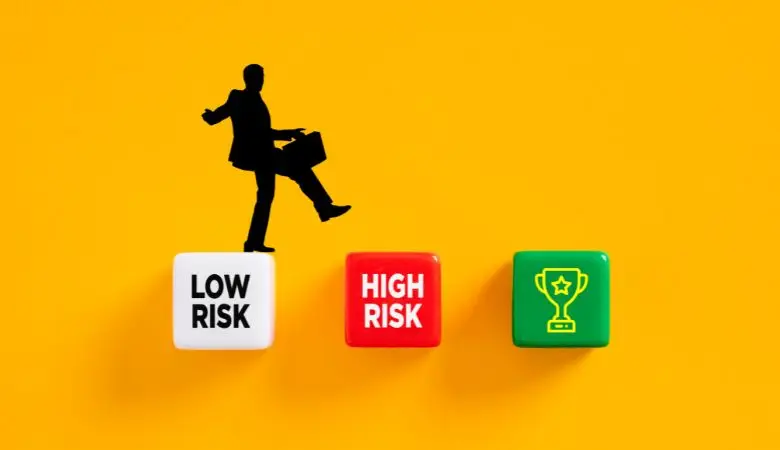Discover the Main Models of Excellence for Business Management

The business excellence models are based on a methodology that allows organizations to carry out self-assessments and self-diagnoses of their internal management processes and strategies.
Is it objective? Establish an appropriate review system, measuring where the organization is on the path to excellence, identifying possible shortcomings, and defining improvement actions.
Companies work to introduce total quality into their culture to meet the challenges of an increasingly competitive and demanding market. They know -how within their organizational structure.
Leading models of business excellence
Business excellence models are based on measurement scoring systems through which different quality seals are achieved depending on the organization’s involvement in the system. Some of these models have been created by institutional bodies to lay the foundations for achieving business quality and optimizing results.
Companies work to introduce total quality into their culture and Know How within their organizational structure.
Deming Method
Created by Dr. Deming Prize and developed in 1951 (at the height of the devastation caused by the Second World War) by the Japanese Union of Scientists and Engineers, it is a system whose main characteristic is continuous improvement.
This method is based on the constant optimization of tasks through a stage diagram that allows processes to be cyclically reassessed, thus ensuring the continuous progress of the organization. These stages are:
Plan (to plan): Identify problems, establish objectives that can solve them, and designate concrete actions.
Do: Take action and, if necessary, carry out a pilot test to see the impact of the changes before making them.
Check (verify): Control and measurement of results. Find measurement tools that fit our improvement plan.
Act (act): Make decisions based on the learning obtained. And if there are errors, design actions that correct deviations from our result.
Malcome Bladrige model
Created by a former US Secretary of Commerce in the late 1980s, this model provides companies with an integrated approach to managing organizational performance that improves the entire organization’s effectiveness and capabilities. It contains 7 indicators that require a permanent review of processes:
- Leadership
- Strategic planning
- Customer focus and target market
- Human Resources
- Process management
- Results
- Information and analysis
These indicators must allow the generation of data that show long-term trends and help companies make decisions.
EFQM Model
Created by the European Foundation for quality management. A non-profit foundation based in Brussels with more than 500 members spread over more than 55 countries that highlights self-assessment and the determination of continuous improvement processes in both private and public business environments.
The main concepts or characteristics that make up the EFQM model are:
- Results and customer orientation
- leadership and coherence
- Process management
- Development and involvement of people
- The continuous process of learning, innovation, and improvement
- Partnership Development
- Social responsibility of the organization
However, it must be clear that this model is constantly being adapted and improved, both its criteria and the results derived from its application.
Ibero-American model of excellence in quality
Created by FUNDIBEQ in 1999, its objective is to evaluate the management of organizations, identifying strong points and areas for improvement that serve to establish a more rigorous strategic planning. It integrates the experience of other countries in developing and implementing models and systems of excellence to ensure that its members improve their competitiveness and consolidate their international competitive position.
Four steps configure the model:
- Self-assessment with the management’s commitment and the entire staff’s collaboration.
- Strategic planning that ensures economic stability.
- Implementing improvement projects, prioritizing by ease and impact criteria, and establishing times for improvement actions.
- RADAR methodology states that an organization needs to measure the elements of approach, development, evaluation, and review.
Planning, organizing, and managing are what any model of business excellence pursues with the firm objective of optimizing results.
All senior executives and managers of companies seek to improve their processes and people’s performance. Still, the most challenging thing is to achieve it and maintain the spirit of continuing to improve day by day. In this sense, are the directors aware of the situation of their company and where they want to go?
Also Read: How to Launch a New Product






